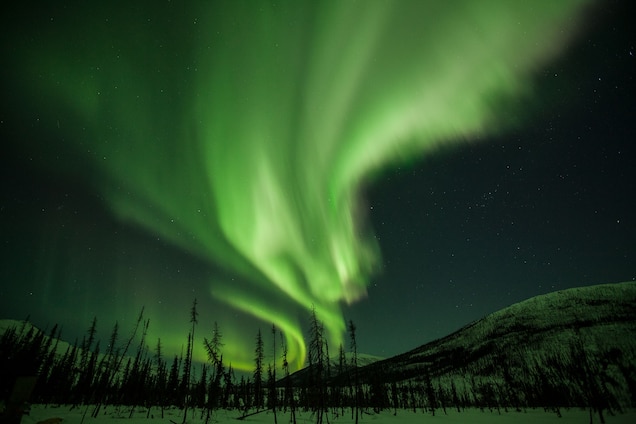In some regions, including parts of the United States. this storm produced an aurora.
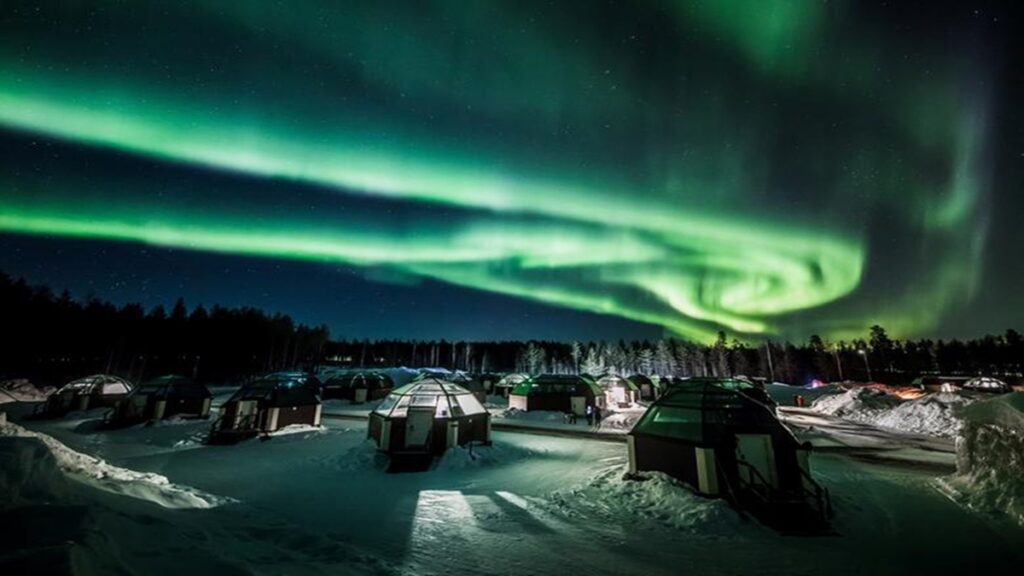
Recently, the International Space Station (ISS) shared a memserising video footage of glowing vibrant lights over the Earth’s atmosphere. While hovering over the planet, the space station captured a scintillating time-lapse of aurora formation above the atmosphere. The clip showed how distinctly vivid this green-coloured formation was!
ISS was over the Indian Ocean. It was travelling towards the Coral Sea (east of Australia) when the aurora was seen glinting. The video is shared on Twitter by the International Space Station. It has received 120 K plus views. It is shared with the caption- “This time-lapse video shows an orbital pass above the aurora-draped Indian Ocean all the way to the moonlit Coral Sea east of Australia”.
According to reports, a stream of solar wind struck the Earth on September 4. It sparked a geomagnetic storm of the G2 class, according to the National Weather Service’s Space Weather Prediction Center (SWPC). In some regions, including parts of the United States. this storm produced an aurora.
WHAT IS AN AURORA?
Commonly known as the polar lights, the aurora is a natural light display in Earth’s sky. It is predominantly seen in high-latitude regions of Arctic and Antarctic. It displays dynamic patterns of brilliant lights. Shapes can be like curtains, rays, spirals, or dynamic flickers covering the entire sky.
It is caused due to disturbances in the magnetosphere caused by the solar wind. In the magnetospheric plasma, these disturbances alter the trajectories of charged particles. These particles precipitate into the upper atmosphere. In the atmosphere, the resulting ionization and excitation constituents emit light of varying colour and complexity. In the Solar System, most of the planets, some natural satellites, brown dwarfs, and even comets also host auroras. With time, auroras change. Over the night, they begin with glows and progress towards coronas, although they may not reach them. In the opposite order, they tend to fade.
Recent Posts
- Astronomers detect first direct image of black hole expelling a powerful jet
- WhatsApp rolling out ‘reply with message’ feature within call notifications
- Multi-Device Pairing May Be Arriving for Apple Watch this Year
- Artificial Intelligence Discovers Hidden Giant, a Planet 5 Times Larger Than Jupiter
- Google CEO Sundar Pichai Talks Bard & The Future Of Search
Recent Comments
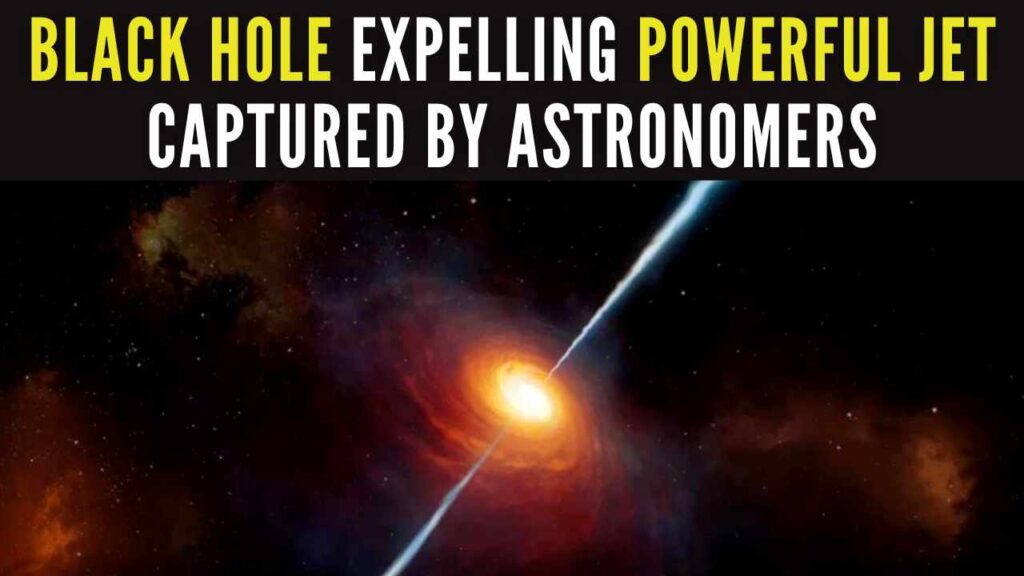
Astronomers detect first direct image of black hole expelling a powerful jet
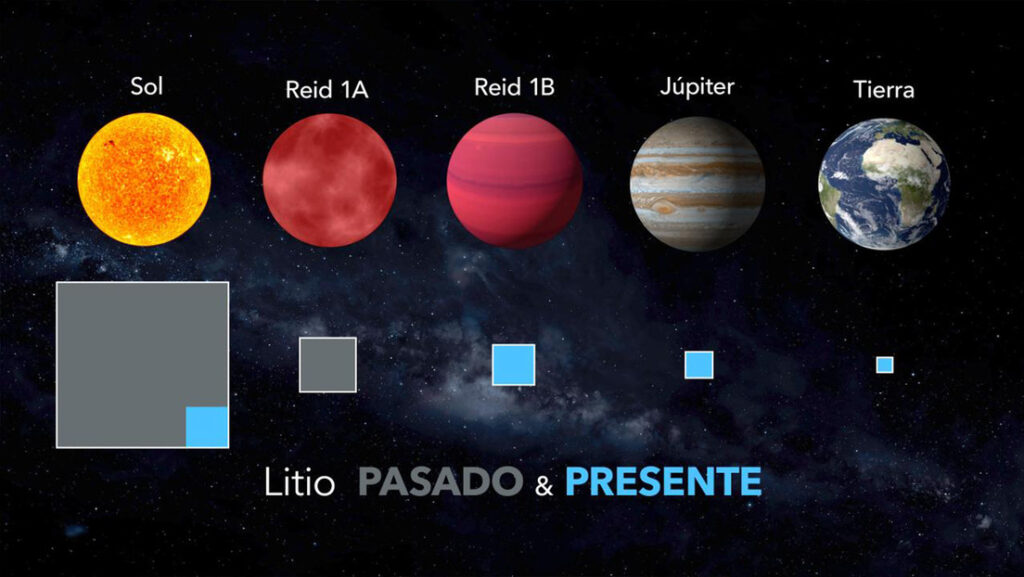
Artificial Intelligence Discovers Hidden Giant, a Planet 5 Times Larger Than Jupiter
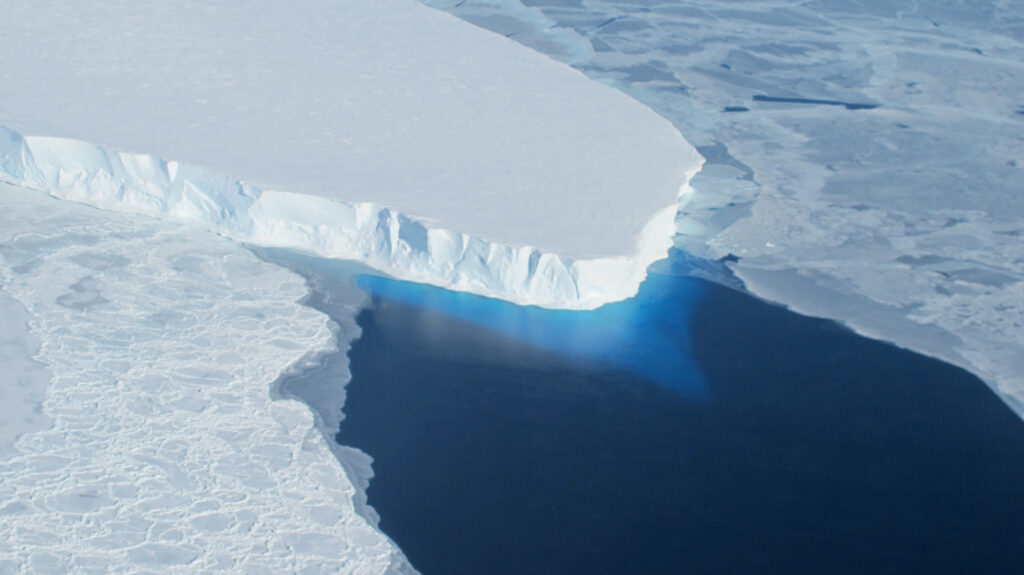
Scientists explain melting of Antarctic ice sheet dating back 9,000 years
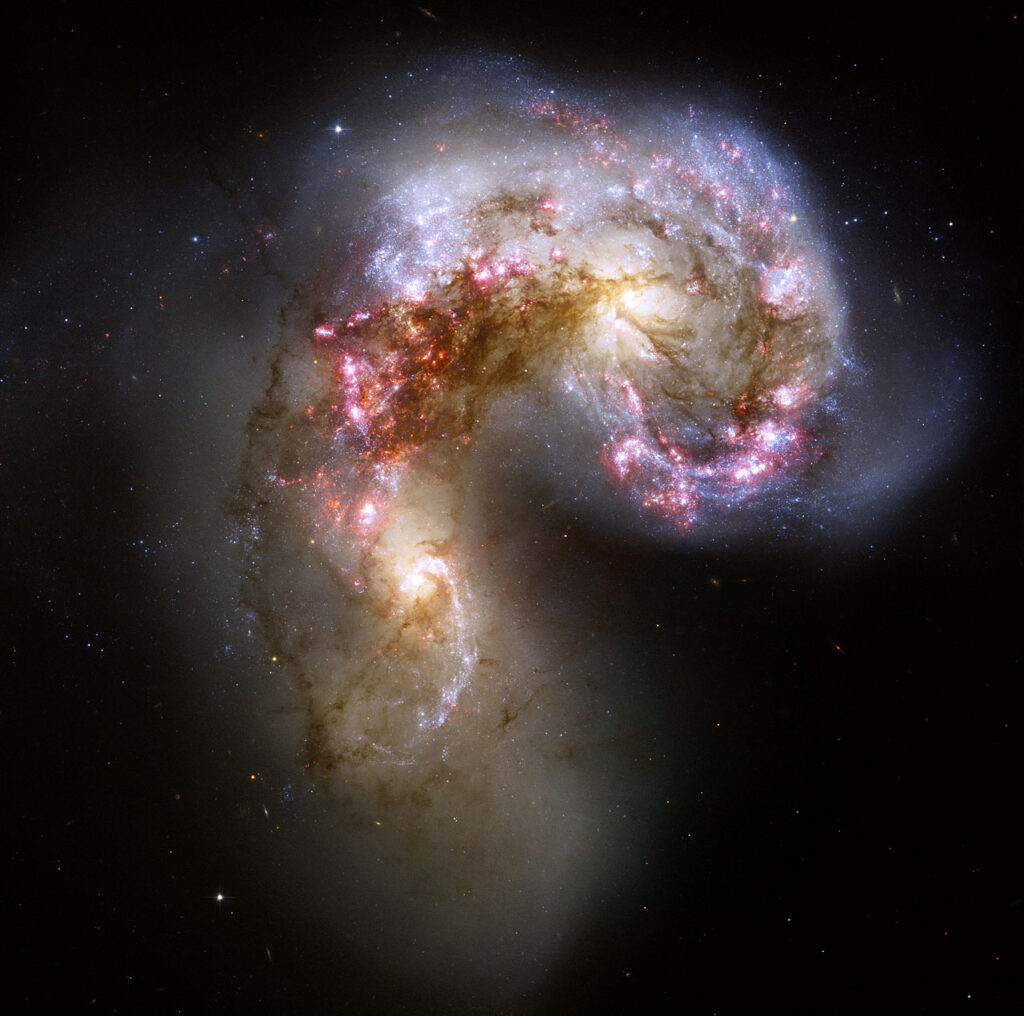
An Unexpected Discovery: Hubble, ESA's Gaia Spot Double Quasar That Existed Over 10 Billion Years Ago

Astronomers detect first direct image of black hole expelling a powerful jet

WhatsApp rolling out ‘reply with message’ feature within call notifications

Multi-Device Pairing May Be Arriving for Apple Watch this Year


